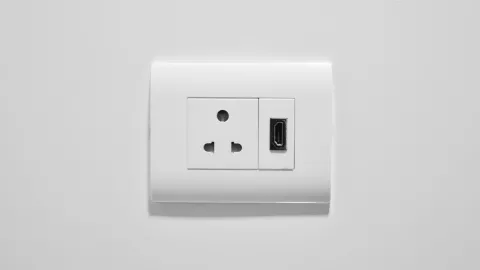The fight against energy poverty, which may affect between 8% and 14% of the Portuguese population, will be structurally effective if it includes support for energy efficiency policies. The inability of households to properly heat or cool their homes is due to both insufficient income and the poor energy quality of housing. It is essential to support investments aimed at reducing the energy needs of housing in order to lift families out of energy poverty.
A group of teachers from ISEG conducted a study that characterizes the energy poverty in Portugal, analyzes the current solutions to fight against this phenomenon, and proposes new ones. It also gives recommendations for public policies to be implemented in this regard.
How is Energy Poverty Measured?
To understand the level of energy poverty, it is important to know the number of incidences (the number of people and/or families affected) and its intensity (the severity of the problem).
To this end, there are 3 types of indicators that help identify the level of energy poverty in Portugal:

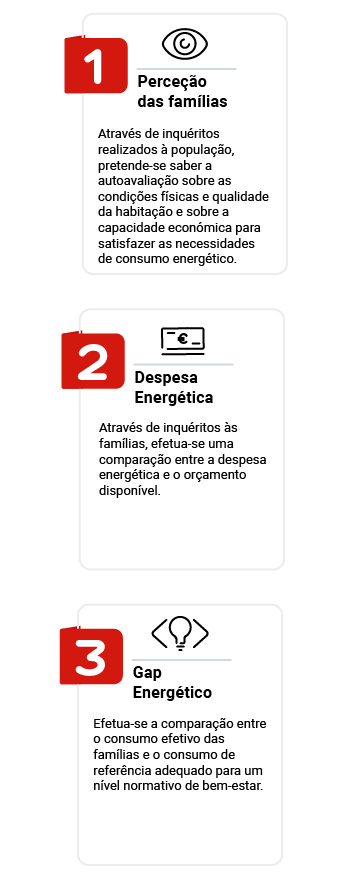
What do these indicators say?
Perception of Households
The latest study at the European level on household perceptions of the financial capacity to have a properly heated house was carried out in 2015.
As seen from the chart below, Portugal is the fifth country in the European Union in terms of how many families perceive themselves to be in energy poverty.

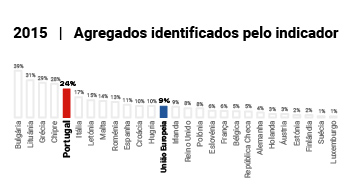
However, these data must be crosschecked with the financial poverty situation (households that are below the poverty line). Thus, according to this perception indicator, 8.1% of the population is simultaneously in a state of energy poverty and financial poverty.
Energy Expenditure
The results used in this indicator refer to the Household Expenditure Survey, conducted in 2015/2016.
The most common energy expenditure indicator identifies the households whose energy expenditure is 10% above their household budget as under the energy poverty category. According to this indicator, it was concluded that 13.5% of the population simultaneously experience energy poverty and financial poverty in Portugal. For the totality of Portuguese families, the difference between energy expenditure and the 10% income threshold is €338 M.
Energy Gap
This indicator presents, as a novelty, the calculation of the reference energy expenditure for each family, which is the amount that a family should spend to live comfortably according to the characteristics of their home. The energy gap is the difference between the reference expenditure and the actual expenditure. As the reference expenditure depends on the characteristics of the house, increasing the energy efficiency of the house reduces this gap (something that would not be directly identified by the energy expenditure indicator). The goal is to understand the difference between the household expenditure and the reference energy expenditure recommended for the welfare of each family.
In order to arrive at the reference expenditure, it was necessary to cross-check various data and sources of information.
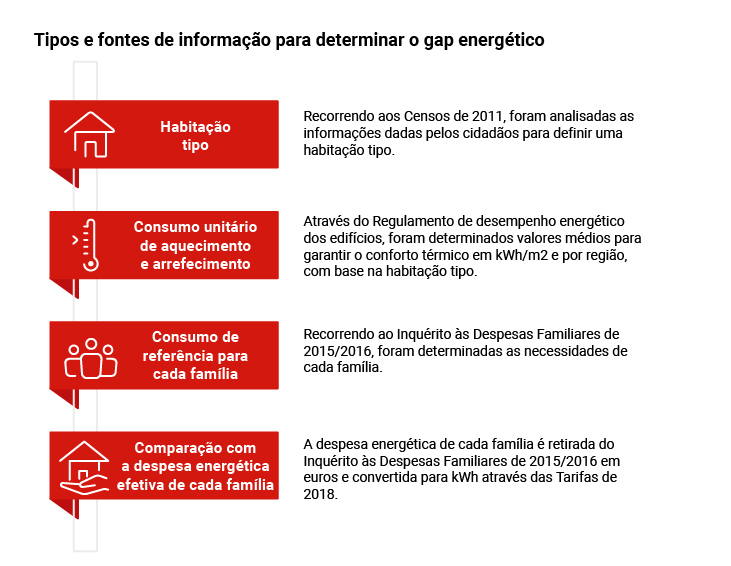
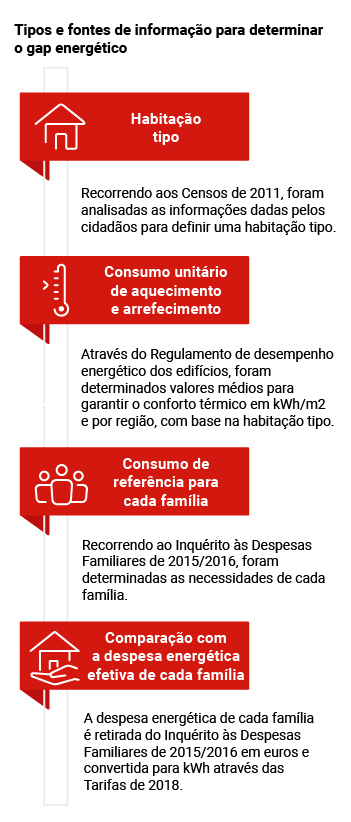
The results of this indicator show that 11% of the population lives simultaneously in energy poverty and financial poverty. For the totality of Portuguese households, the difference between the reference energy expenditure and the current one is €382 M. Since this indicator is the most complete, this energy gap value is assumed as a reference in the analysis of measures to combat energy poverty.
Thus, these two measures show that, according to the different indicators, the percentage of the population simultaneously in energy poverty and financial poverty is 8.1% according to the perception of households, 13.5% according to the average energy expenditure of each household, and 11% according to the Energy Gap indicator.

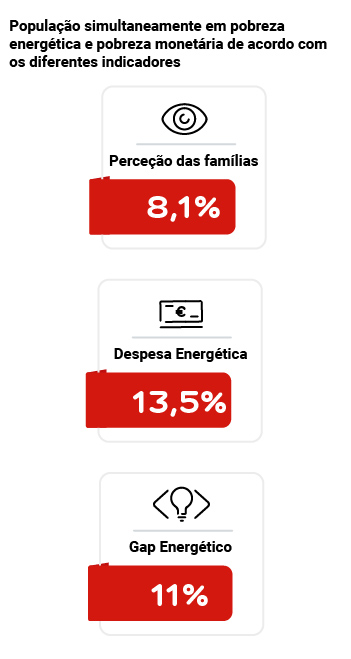
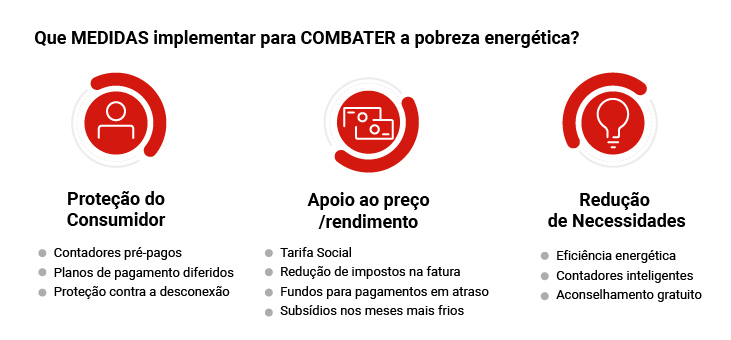
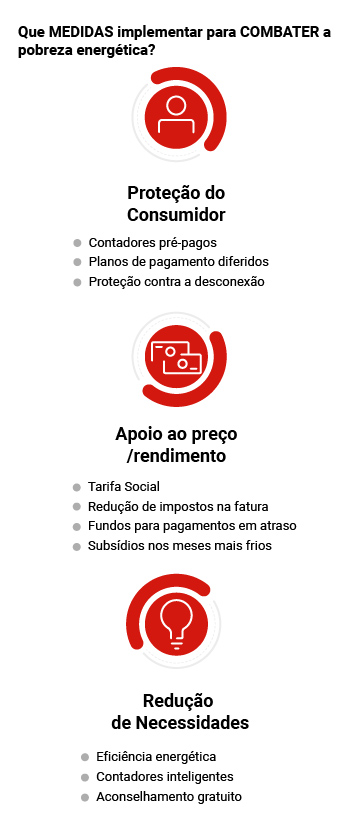
In order to reduce the structurally identified €382 million gap, it is essential to invest primarily in reducing needs (energy efficiency, building quality improvements, etc.) using price support measures as an important complement (Social Tariff, tax reduction, etc.).
Portugal is one of the countries in the European Union with a smaller number of public policies to combat energy poverty and does not promote any measures to reduce the needs. In fact, only one measure is referred - the Social Tariff.

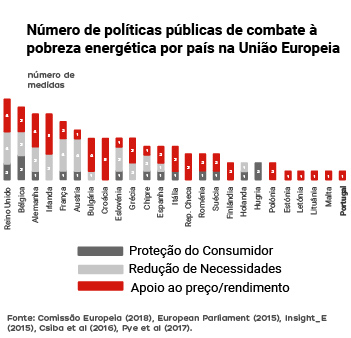
So how can one narrow the gap?
Considering the public policy of price support, by allocating a social tariff, it was realized that there should be an investment of approximately 400 million euros per year.
The present study analyzed three measures to reduce the needs, comparing them with the price support needed to eliminate the gap.
- Window caulking: it was concluded that it could reduce 6% of the gap for €9 million over 10 years.
- Roof insulation: It was concluded that it can reduce the gap by 25% for €95 million over 50 years.
- Air conditioning (in 50% of the rooms): it was concluded that it can reduce the gap by 73% for €324 million over 20 years.
It is important to note that if the gap today amounts to approximately €400 million per year, investment in air conditioning would cost €324 million over 20 years (€16.2 million per year) and would reduce 73% of the existing gap.
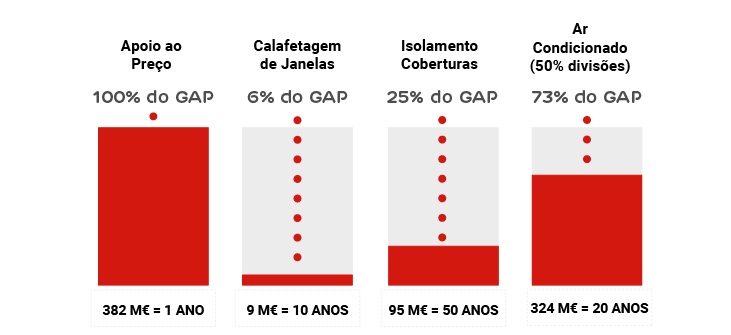
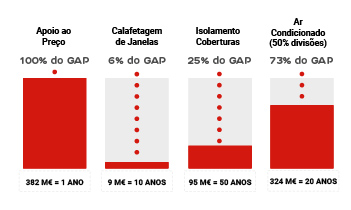
Study Conclusions:
The study concludes that focusing on reducing the needs through the combination of the three measures presented above, would reduce the gap by 91%, leaving only about 1% of the population in a situation of energy poverty. For the same reduction in energy poverty, this solution proves to be far more cost-effective than a simple price support measure.
It also points out, as solutions, the extension of national public policies to reduce this need, and the application of structural and investment funds in energy efficiency programs focused on households affected by energy poverty (such as the Energy Efficiency Fund and the National Action Plan for Promoting Efficiency in Electricity Consumption).
